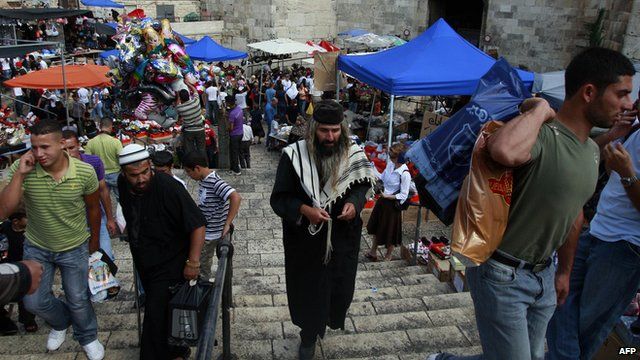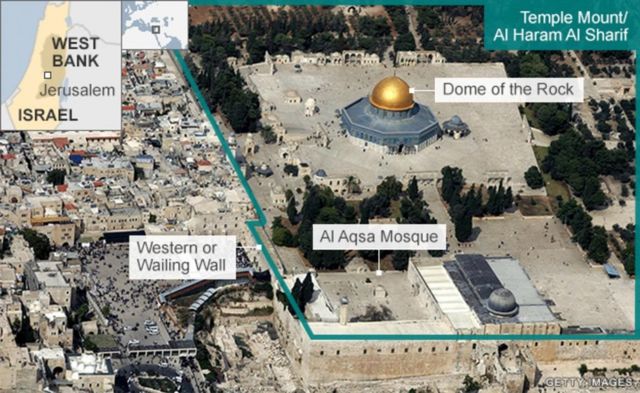Askofu mkuu Josephat Louis Lebulu wa Jimbo kuu la Arusha katika mahojiano maalum na Radio Vatican wakati huu Kanisa Katoliki nchini Tanzania linasherehekea Miaka 150 ya Uinjilishaji anasema, Bagamoyo ni alama ya ukinzani kwani ni kielelezo cha watu waliokata tamaa ya maisha, kiasi hata cha kubwaga moyo wao! Bagamoyo unabaki kuwa ni Mlango wa Imani kwa Kanisa Katoliki Afrika Mashariki. Hapa ni mahali ambapo wamissionari wa kwanza walitua nanga ya: imani, matumaini na mapendo na huo ukawa ni mwanzo wa kuenea kwa Ukristo Afrika Mashariki. Bagamoyo ni alama ya ukombozi, mahali ambapo mwanadamu amepata tena fursa ya kuinua moyo wake kwa imani na matumaini yanayobubujika kutoka kwa Kristo Yesu. Askofu mkuu Lebulu anakaza kuseama Bagamoyo ni chemchemi ya uhuru wa kweli na mlango wa imani. Ni alama kinzani ya watu kukata tamaa, lakini hapo hapo Bagamoyo umekuwa ni mji wa mwanga wa matumaini na mlango wa imani.
Kwa upande wake, Askofu Michael Msonganzila wa Jimbo Katoliki Musoma, katika Barua yake ya kichungaji “Upendo kwa Utume” kama sehemu ya maadhimisho ya Jubilei ya miaka 150 ya Uinjilishaji Tanzania Bara, Miaka 100 ya Upadre Tanzania na Miaka 60 ya Jimbo la Musoma anagusia hatua mbali mbali za Uinjilishaji Barani Afrika: awamu ya kwanza inahusishwa na mafundisho ya Mwinjili Marko na awamu ya pili inawahusisha wavumbuzi wa Kireno. Hatua ya tatu ya uinjilishaji Afrika ilianza katika karne ya kumi na tisa. Hii ilikuwa ni hatua ya ujio wa wamisionari mbalimbali kutoka bara la Ulaya. Ni katika hatua hii ambapo wamisionari walifika Tanzania, wa kwanza wakiwa ni Mapadre wa Shirika la Roho Mtakatifu.
Wamisionari wa Shirika la Roho Mtakatifu, wakitokea Zanzibar, walifika Bagamoyo na kuanzisha misioni tarehe 4 Machi 1868. Tunaikumbuka na kuienzi kazi kubwa waliyoifanya waanzilishi wa misioni hii, Pd. Anthony Horner, C.S.Sp, Pd. Eduard Baur, C.S.Sp pamoja na wenzao. Mazingira ya utume wao hayakuwa rahisi. Magonjwa ya mara kwa mara, hasa Malaria yaliwashambulia sana. Ndani ya miaka tisa tu ya uwepo wao Bagamoyo, tayari mapadre kumi na wawili, masista saba na mabruda watano walikuwa tayari wamepoteza maisha.
Jubilei ya miaka 100 ya upadre katika Tanzania inatupa kwa namna ya pekee zaidi sisi mapadre wasaa wa kujitathmini. Hapa tunaliona bayana mbele yetu swali ambalo Kristo aliwauliza wanafunzi wake “watu hunena Mwana wa Adamu kuwa ni nani?” (Mt. 16:13). Katika swali hii ni sisi tunasimama mbele ya wanafunzi wetu na kuwahoji “watu husema sisi mapadre ni akina nani?” Swali hili la msingi kwetu kujitathmini linagusa undani wa utambulisho wetu kama mapadre.
Katika Mausia ya Kitume Pastores Dabo Vobis, Mt. Papa Yohane Paulo II anaelezea dhana ya Utambulisho wa Mapadre kwa maneno haya: “Mapadre ni wawakilishi wa kisakramenti wa Yesu Kristo - kiongozi na mchungaji ambao kwa mamlaka waliyopewa hutangaza neno lake na huendeleza kazi yake ya ukombozi hasa kwa njia ya sakramenti za ubatizo, Kitubio na Ekaristi wakiyatolea mapendo yao kama zawadi ya nafsi zao nzima kwa kundi walilokabidhiwa ili walikusanye na kulipeleka kwa Baba kwa njia ya Kristo katika Roho Mtakatifu” Wengi wetu tunaifahamu simulizi inayovutia sana kumhusu Mtakatifu Maksimiliano Kolbe, Padre na Mfiadini. Katika siku ya kifo chake alipokuwa gerezani Auschwitz, Poland alijitolea auawe badala ya mfungwa ambaye angeacha mke na watoto. Katikati ya kilio cha mfungwa huyo ghafla Mt. Kolbe anasema “Mimi hapa najitolea kuuawa badala yake”. “Wewe ni nani?” aliuliza Askari. Mt. Kolbe alijibu bila kusita “Mimi ni Padre Mkatoliki”, akakipokea kifodini.
Utambulisho alioukiri Padre mwenzetu, Mt. Maximilian Kolbe, ni utambulisho anaopaswa kuushuhudia kila Padre, kila siku ya maisha yake. “Dhana hii” kama anavyofundisha Papa Mstaafu Benedikto wa XVI “ni ya msingi katika kutekeleza wajibu wetu wa kipadre sasa na hata baadaye”. Nawaalika mapadre kuhuisha utambulisho huu katika tathmini ya Upadre wetu mwaka huu wa Jubilei. Fikra zetu, maneno yetu, kazi zetu na maisha yetu yote kwa ujumla yawe ni ungamo la utambulisho wetu - sisi ni mapadre wakatoliki.
Huu ndio wosia ambao tunapenda kumpatia Shemasi Dominic Mavula, C.PP.S anayetarajiwa kupewa Daraja Takatifu ya Upadre, Jumatano tarehe 12 Julai 2017 kwenye Parokia ya Mtakatifu Francisko Xaveri, Mandera, Jimbo Katoliki la Morogoro, mikononi mwa Askofu Msaidizi Eusebius Nzigilwa wa Jimbo kuu la Dar es Salaam. Hii ni Parokia ya Pili kuundwa nchini Tanzania kunako mwaka 1881. Utajiri wa historia ya Jubilei ya Miaka 150 ya Uinjilishaji Tanzania Bara na Miaka 100 ya Upadre Tanzania, ziwe ni kumbu kumbu hai kwa Mapadre wote nchini Tanzania! Ili kweli sadaka na majitoleo ya Wamissionari waliowatangulia, iwe ni chemchemi ya miito mitakatifu ndani ya Kanisa la Tanzania. Vijana wengi wavutwe kwa ari, moyo, sadaka na majitoleo yao, ili kuwatumikia watu wa Mungu ndani na nje ya Tanzania.
Na Padre Richard A. Mjigwa, C.PP.S.
Idhaa ya Kiswahili ya Radio Vatican.











